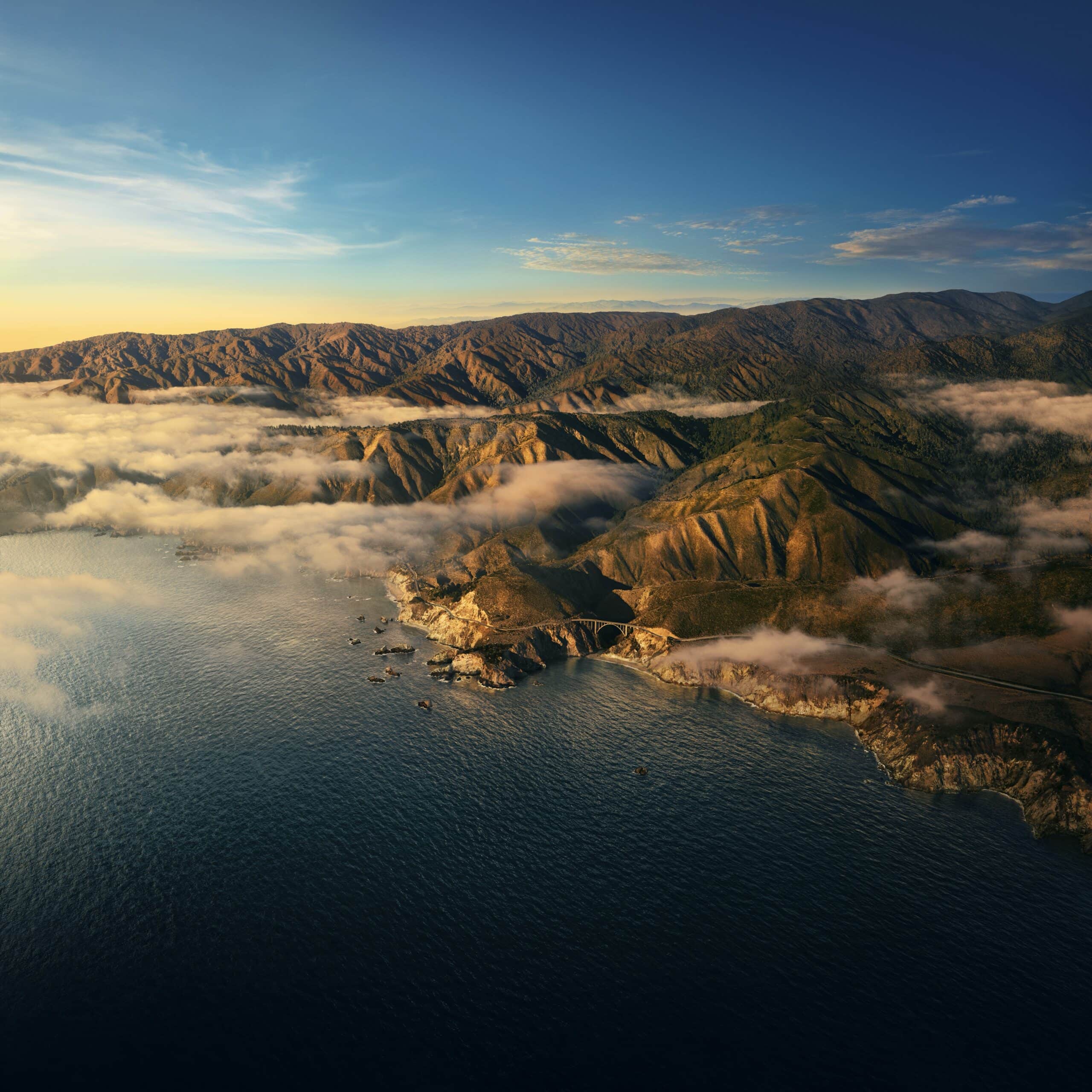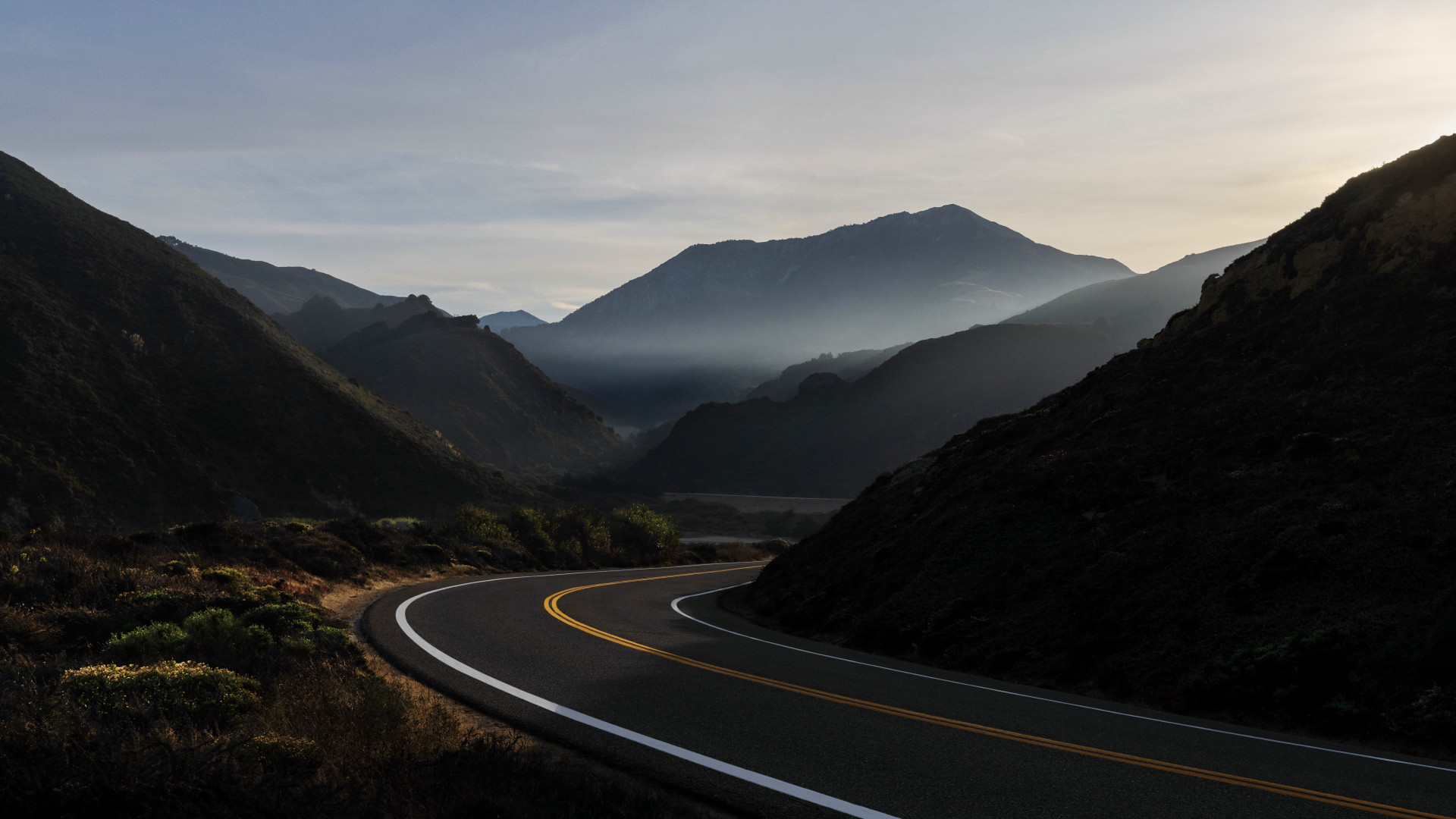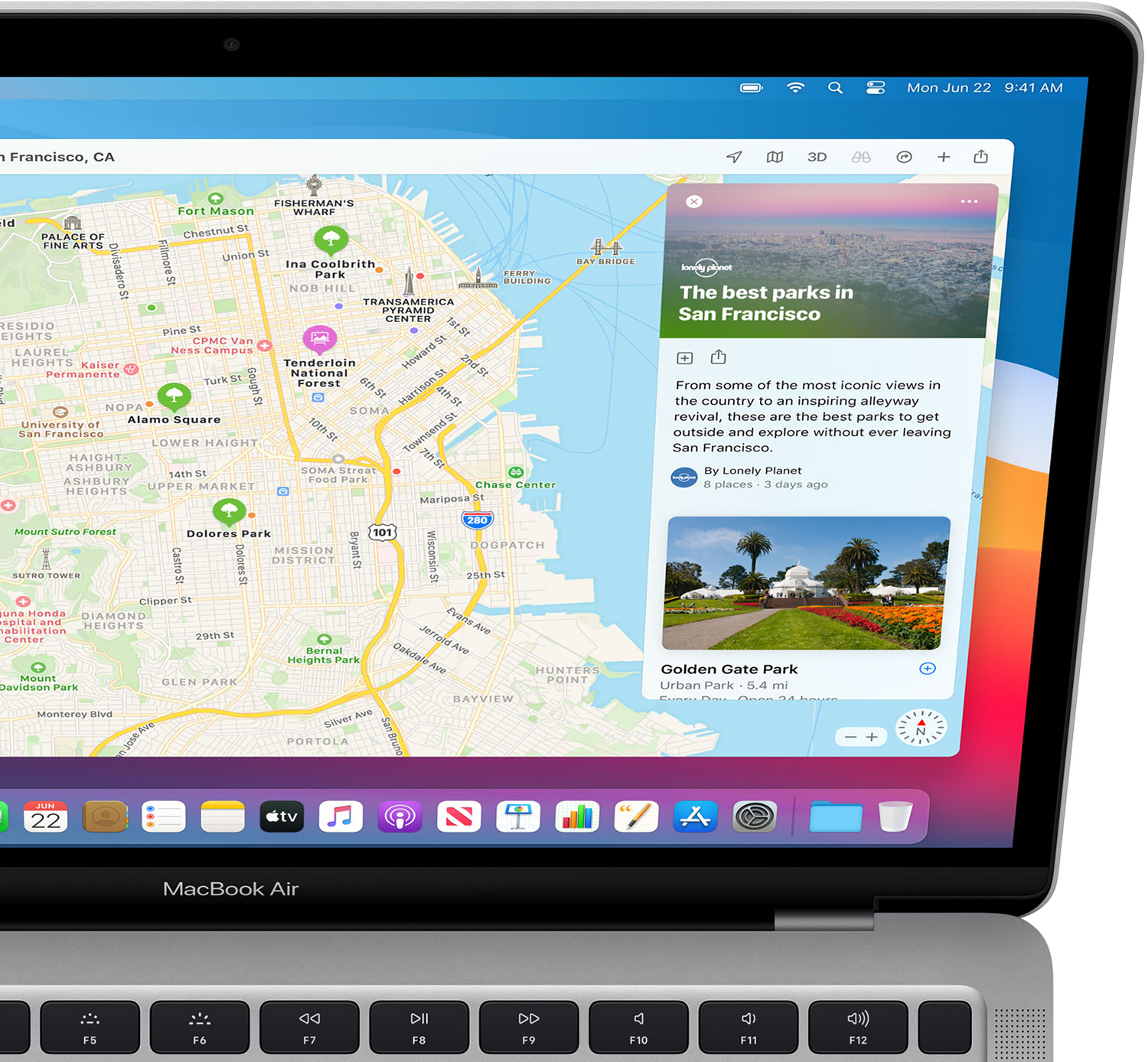Your Mac makes it easy to be entertained—from watching the latest shows on Apple TV+ to playing groundbreaking new games in Apple Arcade. Learn about media apps on your Mac To explore the macOS User Guide, click Table of Contents at the top of the page, or enter a word or phrase in the search field. For more information about Big Sur read: macOS Big Sur latest version. Mac OS X first launched 20 years ago on 24 March 2001. There's been a lot of change over those two decades: good and bad. MacOS Big Sur introduces a cryptographically signed system volume that protects against malicious tampering. It also means that your Mac knows the exact layout of your system volume, allowing it to begin software updates in the background while you work.
Accordingly, one way to speed up macOS Big Sur (and most other modern Mac OS releases too for that matter) is to simply disable Window Transparency and use the Reduce Motion feature. Open the Apple menu, open ‘System Preferences’, then select the “Accessibility” preference panel. MacOS Big Sur requires an astonishing 46.01 GB of storage space on your Mac – 12.18 GB just for the update file and the remaining 34.83 GB is used up to be able to deploy and perform the new.
We all know by now that macOS Big Sur is the latest and greatest version of Apple’s Mac operating system. It was released in November 2020 and offered some serious advancements, especially on the visual side. If you have an older machine, though, you may be wondering whether your Mac is compatible. Let’s shed some light on macOS Big Sur system requirements and help you check whether your Mac supports the new OS.
Before you attempt to upgrade to Big Sur
There are a couple of things you should do before you upgrade to Big Sur.
- Back up your Mac.
It doesn’t matter whether you use Time Machine or a third-party backup tool, just make sure you backup your Mac immediately before you upgrade.
- Free up some space for the new OS
To get macOS Big Sur running on your Mac, you need at least 20GB of free space. So, if you aren’t sure you have enough, here’s how to check it. Click the Apple menu and select About This Mac. Go to the Storage tab to let your Mac calculate the amount of free space. If you don’t have enough, you can try removing some old junk with CleanMyMac X. This app detects ancient cache, user log files, and other clutter and helps you delete it from your Mac.
- Download the free version of CleanMyMac X and install it, then launch.
- Press Scan.
- Click Run.
That’s all there is to it. I managed to clear 10GB in just a couple of minutes, which saved me hours I would have spent if I were to do it manually.
macOS Big Sur requirements
Here’s the list of macOS Big Sur supported Macs:
- Any Mac Pro or iMac Pro
- MacBook Pro and MacBook Air 2013 and later
- iMac and Mac mini 2014 and later
- MacBook 2015 and later
As you can see, some Macs released as long ago as 2013 can officially run Big Sur. That’s pretty good considering the number of macOS updates there have been since then and the new features they have introduced.
Sadly, a few machines that were supported to upgrade to Catalina have fallen off the list for Big Sur, notably the 2012 MacBook Pro, MacBook Air, and iMac.
Mac models that do crash

Immediately after Big Sur's release on November 13, 2020, Mac users started reporting system failures that appeared to affect MacBooks from 2013-2014. The attempted installation resulted in 'bricking some older MacBook Pro models,' according to MacRumors. Notably, those MacBooks are the oldest still supported Macs that can run Big Sur. So if your MacBook belongs to that generation, we advice you to do little research on this before you rush to install Big Sur.
macOS Big Sur compatibility
If your Mac’s model is on the list of “officially supported” Macs to run Big Sur, you will definitely be able to upgrade it to the latest OS. You can be sure the installer will run on your Mac and that if you run into trouble, you can expect help from Apple, either in the form of support documentation or an update to the OS.
But, if your Mac is slightly older and isn’t on the list, there is a possibility you can still update it to Big Sur. Several Mac users have had some success installing the Big Sur beta on Macs that aren’t on Apple’s list. It requires a workaround, and there’s no guarantee that it will continue to work when the final version of Big Sur is released or when updates are issued. But, if you’re determined to install Big Sur on an older Mac, or you want to try it as a fun project, it’s an option.

Things to consider before you try to install Big Sur on an unsupported Mac
Installing macOS Big Sur on a Mac that’s not on Apple’s official list of unsupported Macs isn’t as straightforward as just downloading the installer and running it. How you install it will depend on the Mac you’re trying to install it on, and we’ll come to that later in the article. But there are other things you need to consider.
- Your Mac may not run at all afterwards.
If you get the installation process wrong or something just doesn’t work as it should, you could be left with a Mac that doesn’t boot. For that reason, you should make a bootable clone of your startup drive before you start.
- Even if your Mac boots, parts of it won’t work

Among those users who successfully installed the beta version of Big Sur on unsupported Macs, most reported that either the graphics system (GPU) didn’t work or that Wi-Fi didn’t work. You can get around the wifi issue by replacing the internal Wi-Fi card or using a USB Wi-Fi adaptor, but you can’t replace the GPU.
- There’s no guarantee updates will work
Just as you can’t use the regular installer to install Big Sur on an unsupported Mac, you won’t be able to install updates using Software Update. That could leave you vulnerable to security flaws.
How to upgrade to Big Sur on an unsupported Mac
As we said earlier, the specifics of how you install Big Sur on an older Mac vary according to the Mac, but there are lots of success stories in this thread.
One example is the user who installed the Big Sur beta on a 2012 15in MacBook Pro, and it ran well apart from Wi-Fi not working. That user got around the problem by using an iPhone as a hotspot (you can use Personal Hotspot by connecting to an iPhone via Bluetooth or USB). Another user reported installing Big Sur on a 2012 Mac mini, but with sound and Wi-Fi not working.
The question of whether or not your Mac is compatible with macOS Big Sur can’t be answered just by looking at Apple’s list of supported Macs. Those are the machines on which Apple has decided to support installation, but there are others on which Big Sur will run, albeit with a bit of extra work. You should decide for yourself whether you want to take risks associated with installing Big Sur on an unsupported Mac. And, if you decide to go ahead, be sure to back up your Mac and clean it up using Mac maintenance software like CleanMyMac X.
Is your Mac up to date with the latest version of the Mac operating system? Is it using the version required by some product that you want to use with your Mac? Which versions are earlier (older) or later (newer, more recent)? To find out, learn which version is installed now.

If your macOS isn't up to date, you may be able to update to a later version.
Which macOS version is installed?
From the Apple menu in the corner of your screen, choose About This Mac. You should see the macOS name, such as macOS Big Sur, followed by its version number. If you need to know the build number as well, click the version number to see it.
Which macOS version is the latest?
These are all Mac operating systems, starting with the most recent. When a major new macOS is released, it gets a new name, such as macOS Big Sur. As updates that change the macOS version number become available, this article is updated to show the latest version of that macOS.
Big Sur Mac Os Compatibility
If your Mac is using an earlier version of any Mac operating system, you should install the latest Apple software updates, which can include important security updates and updates for the apps that are installed by macOS, such as Safari, Books, Messages, Mail, Music, Calendar, and Photos.
Mac Os Sur Review

| macOS | Latest version |
|---|---|
| macOS Big Sur | 11.2.3 |
| macOS Catalina | 10.15.7 |
| macOS Mojave | 10.14.6 |
| macOS High Sierra | 10.13.6 |
| macOS Sierra | 10.12.6 |
| OS X El Capitan | 10.11.6 |
| OS X Yosemite | 10.10.5 |
| OS X Mavericks | 10.9.5 |
| OS X Mountain Lion | 10.8.5 |
| OS X Lion | 10.7.5 |
| Mac OS X Snow Leopard | 10.6.8 |
| Mac OS X Leopard | 10.5.8 |
| Mac OS X Tiger | 10.4.11 |
| Mac OS X Panther | 10.3.9 |
| Mac OS X Jaguar | 10.2.8 |
| Mac OS X Puma | 10.1.5 |
| Mac OS X Cheetah | 10.0.4 |
